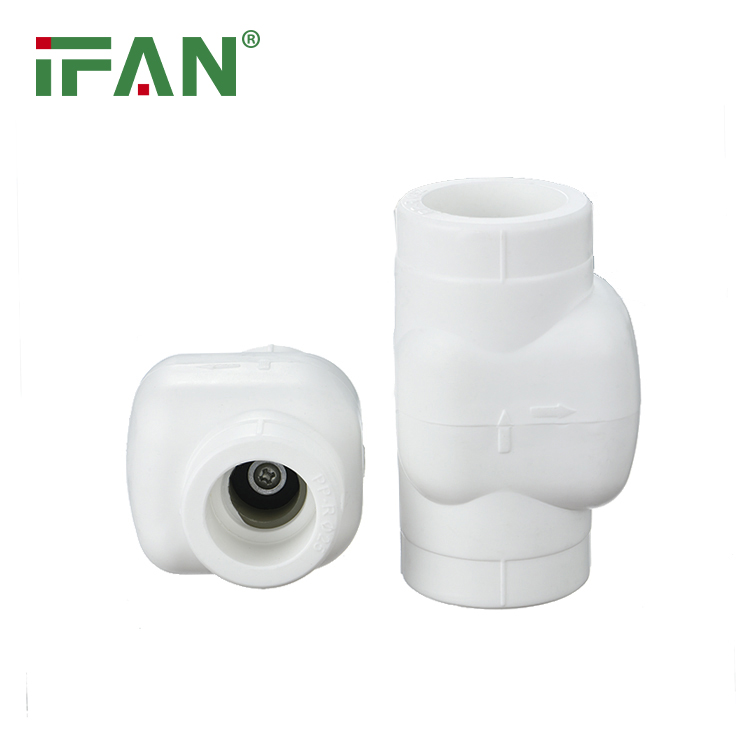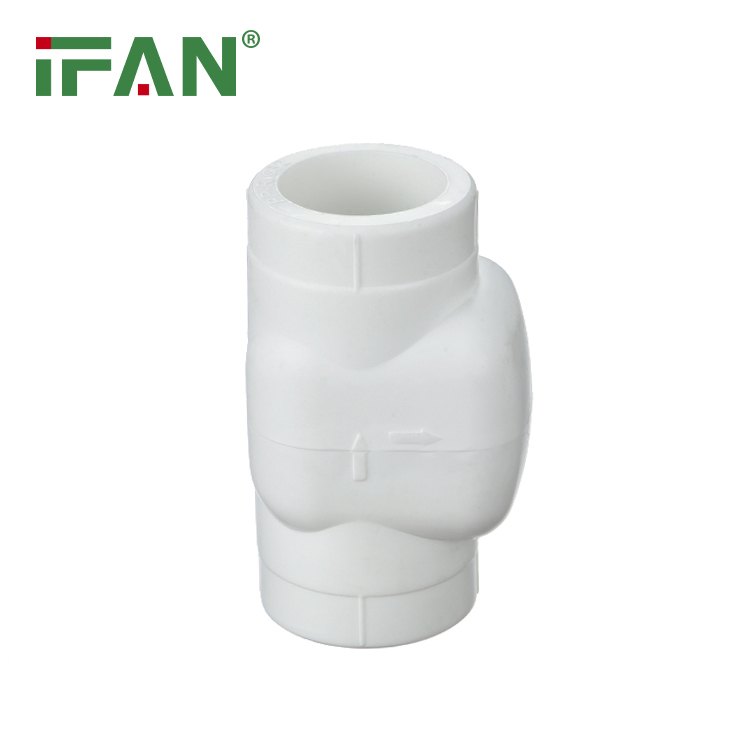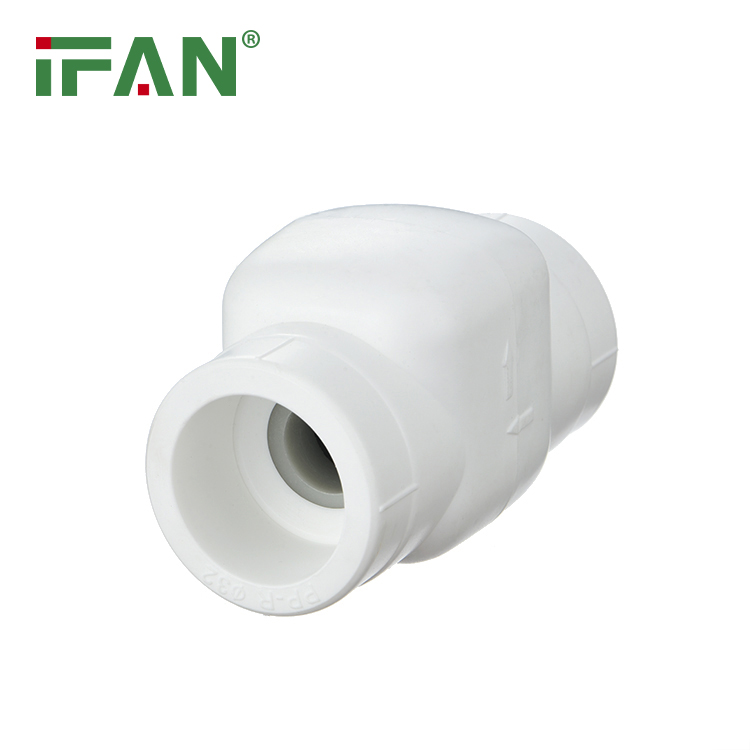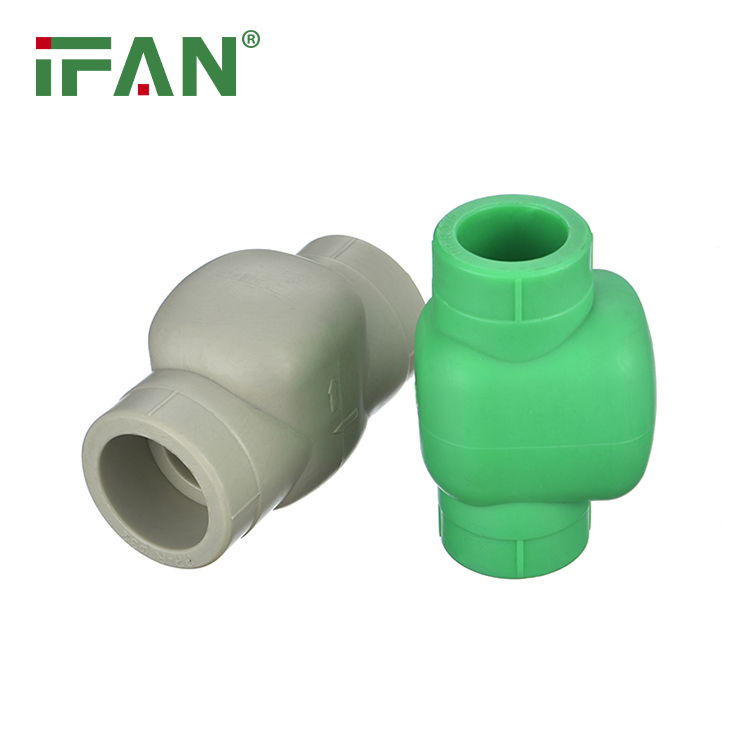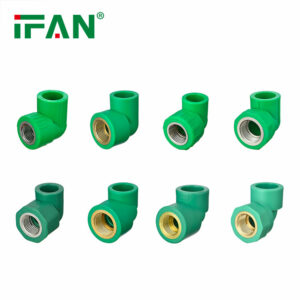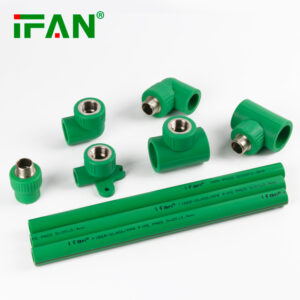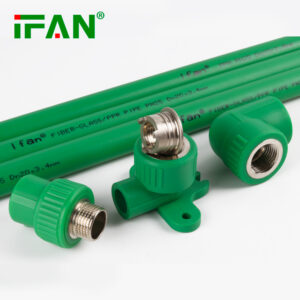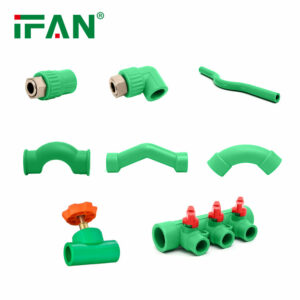Description
PPR Check Valve: Industry Insights and Comprehensive Overview
PPR check valves are an integral component in fluid handling systems, ensuring the smooth and efficient flow of liquids and gases. This article delves into the intricacies of PPR check valves, providing a comprehensive overview of their applications, features, installation, and maintenance.
Introduction to PPR Check Valve
PPR check valves, also known as non-return valves, are specifically designed to allow fluid to flow in one direction while preventing it from flowing in the opposite direction. Made from high-grade polypropylene random copolymer (PPR), these valves offer exceptional durability, corrosion resistance, and thermal stability.
Features and Benefits of PPR Check Valves
PPR check valves are renowned for their numerous features and benefits. Their PPR construction ensures superior resistance to chemicals, corrosion, and high temperatures. Furthermore, their compact design makes them suitable for installation in confined spaces, while their low weight facilitates easy handling and installation.
Crucially, PPR check valves play a vital role in protecting piping systems from damage caused by reverse flow. By preventing backflow, they safeguard equipment and ensure the continuous and uninterrupted flow of fluids.
Applications of PPR Check Valves
PPR check valves find widespread applications across various industries. In the water supply and distribution industry, they are used to prevent water from flowing back into the system, ensuring the cleanliness and purity of water. In irrigation systems, they prevent water from flowing back into the source, protecting crops and plants from contamination.
Moreover, PPR check valves are also used in chemical processing plants, pharmaceutical factories, and food and beverage industries. They ensure the safe and reliable flow of fluids, protecting equipment and preventing contamination or cross-contamination.
Installation and Maintenance of PPR Check Valves
Proper installation and regular maintenance are crucial for the optimal performance of PPR check valves. During installation, ensure that the valve is installed in the correct orientation and that all connections are tight and secure. Regular maintenance, such as cleaning and checking for wear and tear, can extend the lifespan of the valve and ensure its reliable operation.
In conclusion, PPR check valves are a vital component in fluid handling systems, ensuring the smooth and efficient flow of liquids and gases. Their superior durability, corrosion resistance, and ability to prevent reverse flow make them an indispensable choice for various industries.
Related products
-
PPR Fittings
Green Plastic PPR Material Fittings
-
PPR Fittings
Green PPR Plastic Material Fittings
-
PPR Fittings
PPR Water Fittings


